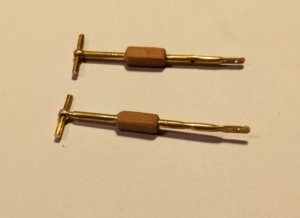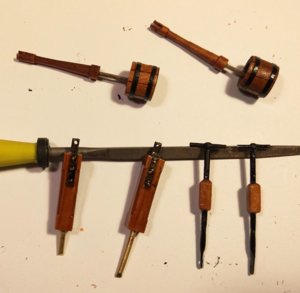The ropewalk basis is Domanoff s vertical VR ropewalk.
Simplest, fastest, easiest, compact, no skills needed, instant results. It is a small but powerful tool for making professional ropes for your model. (Check this video on YouTube for how it works. Turn on subtitles.) The VR Rope making machine, ropewalk, is intended for making professional ropes...

shipworkshop.com
I have modified this in a horizontal ropewalk by fitting this to a 2,75 mtr long beam. The beams can be used to produve every lenght of rope, laid down next to eachother or in lenght of eachother.
The rope walk can turn left or right enabling to create rope (t = in Dutch touw) or cable (k = in Dutch kabel)
View attachment 139945
View attachment 139944
On the other end of the rope walk I have a second 2,75 mtr beam on this I have installed a rail system of some simple sliding doors. On top of this a block of wood with a ball bearing with the outer race mounted in the block and in the inner race a hook to connect the other side of the rope.
View attachment 139947
View attachment 139946
On top of the block the spool with thread is placed.
On the other side of the wooden block a rope is fitted which goes through a block and on which weight is providing tension on block. The tension is depending on the finall rope size, for my 3,6 mm anchor cable I added extra weight.
View attachment 139948
When running the ropewalk the end of the rope on the hook in the ball bearing is blocked from spinning with some simple tweezers, the rope is running over a gearwheel on a standard to separate them from each other.
View attachment 139949
On top of the beam a cm scale is written, when spinning the ropewalk the rope is getting shorter by twisting the individual ropes. When a rope is reduced by 15 to 20% in length then the ropewalk is stopped.
View attachment 139950
At last the tweezers are removed from the hook and the rope starts spinning releasing the provided tension. While spinning the gear wheel is moved towards the other side along the beam creating a rope which is perfectly shaped. When the hook stops spinning you manually rotate it until you have a satifying rope which is not curling when the tension is removed.
With these as a result.
View attachment 139951
As I work with synthetic thread, Gutermann Mara, I use a heatgun to finish my rope. Heating it up makes it softer and less sensitive to untwining after cutting the rope. On the ends I put some CA to seal it.
Have fun making your own ropes





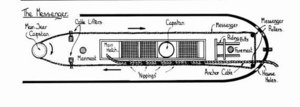
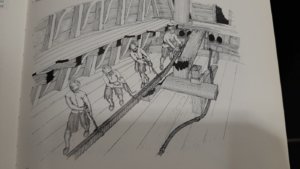
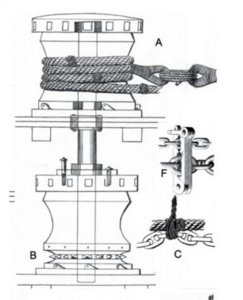




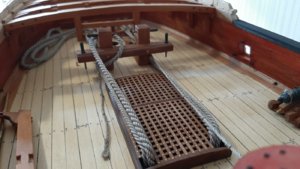
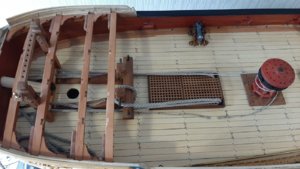
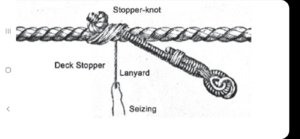
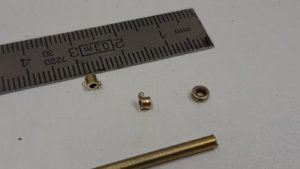
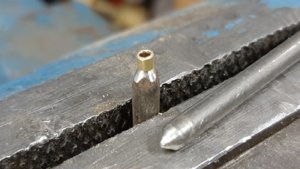
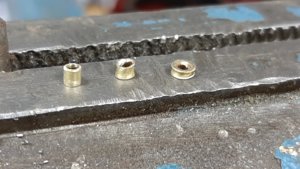
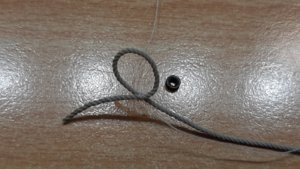
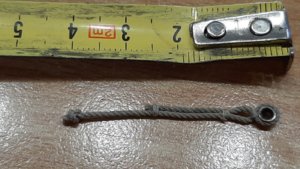
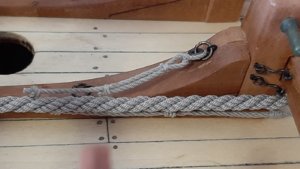
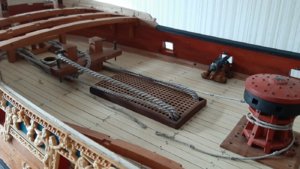
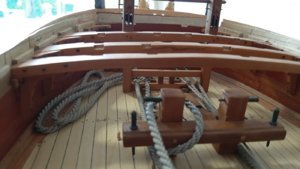
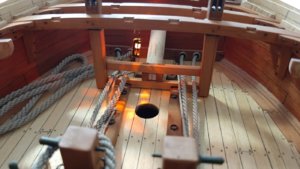
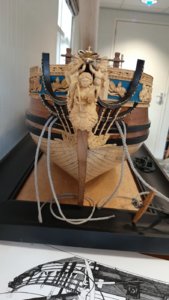
 s and the methods of stowing etc, there are a lot of conflicting theories, some say that the the Bower and Best Bower are always rigged ready for dropping, which is what you say and I agree, some say that both the Bower
s and the methods of stowing etc, there are a lot of conflicting theories, some say that the the Bower and Best Bower are always rigged ready for dropping, which is what you say and I agree, some say that both the Bower 